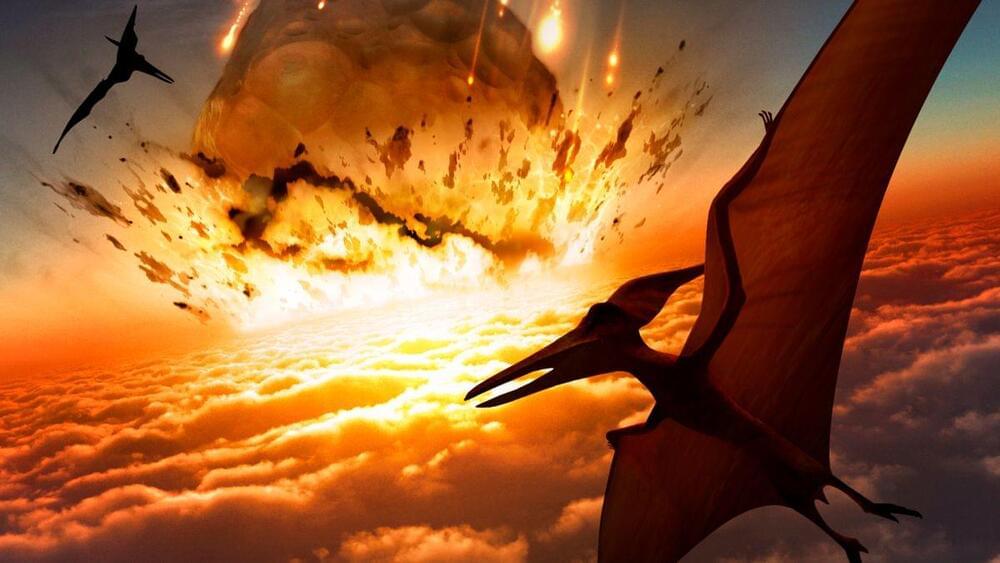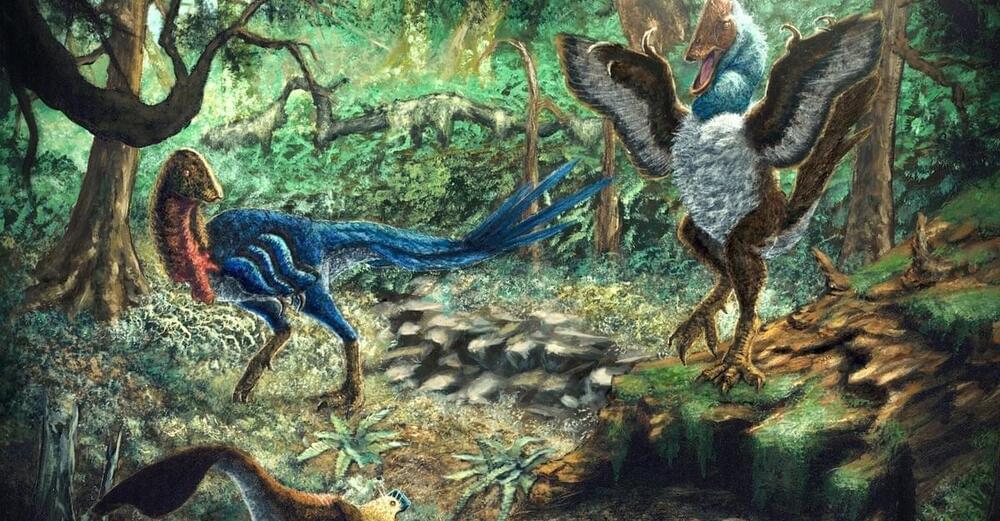Scientists have unveiled three concepts for tiny spacecraft that could voyage from Earth to meet Apophis in April 2029.


Discussions about asteroid 2024 GJ2 near miss with Earth on 11 Apr 24, and asteroids Apophis, Bennu, potential impacts and more!
GoldBacks from Green Greg’s affiliate link:
https://www.defythegrid.com/goldbacks…
Use coupon code GreenGregs for 1% off.
Outstanding Antioxidant For Your Health: https://shopc60.com/
Use discount code: GreenGregs10 for 10% off.
Inspire your kids to love science!
SAVE 20% OFF New Science Kits Using Code: NEWKITSSAVE20 At Steve Spangler Science dot com! Great Educational Products For Kids! SHOP NOW! https://www.pntra.com/t/SENKTExNSUhDR…
Inspire your kids to love science!
SAVE 20% OFF New Science Kits Using Code: NEWKITSSAVE20
Great Educational Products For Kids! SHOP NOW! https://www.pntra.com/t/SENKTExNSUhDR…
As the infrared space telescope continues its long-duration survey of the universe, it is creating a unique resource for future astronomers to make new discoveries.
NASA ’s NEOWISE mission has released its 10th year of infrared data – the latest in a unique long-duration (or “time-domain”) survey that captures how celestial objects change over long periods. Time-domain astronomy can help scientists see how distant variable stars change in brightness and observe faraway black holes flaring as they consume matter. But NEOWISE has a special focus on our planet’s local cosmic neighborhood, producing a time-domain infrared survey used for planetary science, with a particular emphasis on asteroids and comets.
Short for Near-Earth Object Wide-field Infrared Survey Explorer, NEOWISE is a key component of NASA’s planetary defense strategy, helping the agency refine the orbits of asteroids and comets while also estimating their size. One such example is the potentially hazardous asteroid Apophis, which will make a close approach of our planet in 2029.
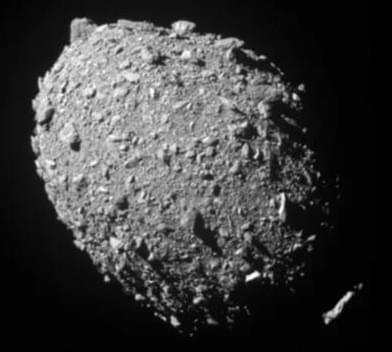
Dr. Shantanu Naidu: “When DART made impact, things got very interesting…the entire shape of the asteroid has changed, from a relatively symmetrical object to a ‘triaxial ellipsoid’ – something more like an oblong watermelon.”
On November 24, 2021, NASA launched the Double Asteroid Redirection Test (DART) mission with the goal of demonstrating that deflecting an incoming asteroid could prevent it from striking Earth by striking the asteroid itself. Just over nine months later, on September 26, 2022, this demonstration was successfully carried out as DART acted as a kinetic impactor and intentionally struck the Dimporphos asteroid, which measures 560 feet (170 meters) in diameter.
But while the impact successfully altered Dimorphos’ orbit around the binary near-Earth asteroid, Didymos, could it have altered other aspects of Dimorphos, as well? This is what a recent study published in The Planetary Science Journal hopes to address as a team of international researchers led by the NASA Jet Propulsion Laboratory (JPL) discovered the impact also altered the shape of Dimporphos.
When it was first discovered in 2004, Apophis was identified as one of the most dangerous asteroids in that there was a risk that it could impact Earth. But that impact assessment changed over the years after astronomers tracked Apophis, also known as asteroid 99,942, and its orbit became better determined, and it became clear that it was on course to miss our planet.
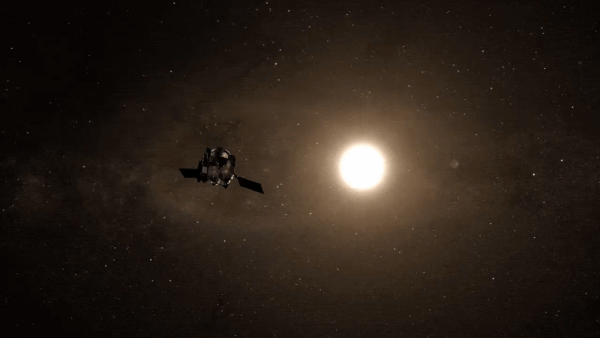
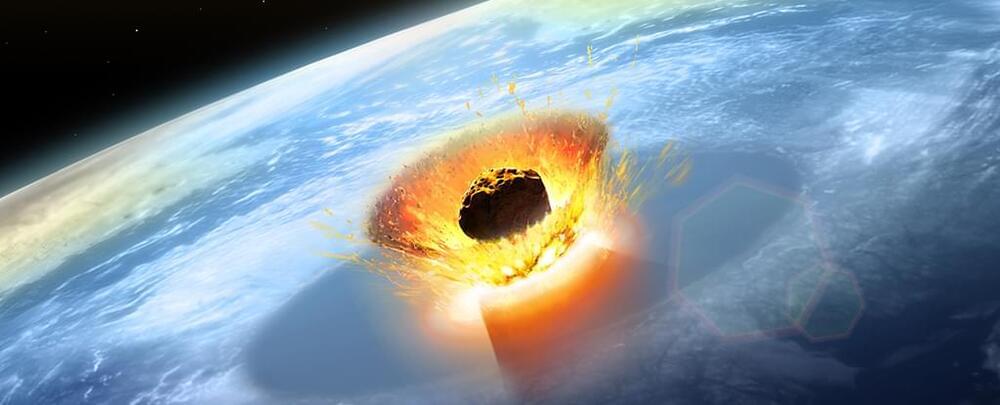
When the Chicxulub impactor, a six-mile-wide asteroid, struck Earth 66 million years ago, the dinosaurs had no warning.
If an asteroid that size hit Earth today, a shock wave two million times more powerful than a hydrogen bomb would flatten forests and trigger tsunamis. A seismic pulse equal to a magnitude 10 earthquake would crumble cities.
And long after the impact, a cloud of hot dust, ash, and steam would blot out the sun, plunging the Earth into freezing cold.
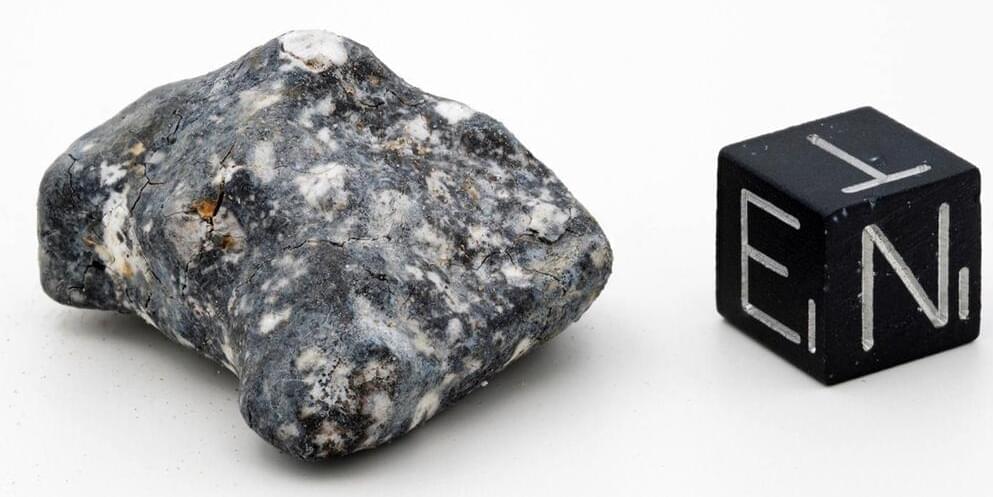
Jenniskens’ collaborators at the Museum für Naturkunde officially announced that the first examinations of one of these pieces with an electron beam microprobe prove the typical mineralogy and chemical composition of an achondrite of the aubrite type.
The official classification now aligns with what many suspected from merely looking at the images of the strange meteorites that fell near Berlin on January 21, 2024. They belong to a rare group called “aubrites.”
“They were devilishly difficult to find because, from a distance, they look like other rocks on Earth,” said SETI Institute meteor astronomer Dr. Peter Jenniskens. “Close up, not so much.”
